《图像守卫者》探讨来自20世纪早期的一本立体影像集的创作与记录。编号为2001.16的档案中的照片是由一位叫Kostioukovsky先生的人在1904年和1939年间拍摄的。他原是沙皇军队中的哥萨克骑兵,在1915年离开革命前的俄国前往巴黎。他在巴黎生意很成功,周游法国、欧洲和世界其他地方,并用他的立体相机记录自己的旅行。在第二次世界大战期间,Kostioukovsky被驱逐出境,回到俄国后蜗居在一个仆人间里(家族的房子已经被分配给其他房客),正是在那里重新发现了这本家庭立体影像集。
Kostioukovsky的影像集在2000年被欧洲和与地中海文明博物馆(MuCEM)收购,2013年博物馆决定将档案数字化,而这项工作交由普瓦西中央监狱的服刑人员来完成。Uriel Orlow开始对这些底片故事中心的传奇人物、监狱的服务咨询制度、获得慰解的转换方法、图像的分类、影像集的孤儿属性(即所有扭曲、限制它的档案管理规则流程)深感兴趣。在访问普瓦西中央监狱时,艺术家见到了负责档案数字化的服刑人员。从那时起,他便开始追踪这些立体图像的独特历史,在Kostioukowsky的生平和负责数字化的服刑人员的生平之间游走,在监禁、旅行、旅游和固定一处的生活方式之间建立联系。这些图像不再只是Kostiukovsky先生的图像,它们也属于身为图像数字守卫人的囚犯们;这些图像就像是冥王的船夫卡戎,领着这些被囚禁的人渡过分割物质图像世界与非物质表现世界的冥河。虽然Kostiukovsky先生的故事和他用来拍照的技术与可见的图像有关,但图像数字化过程和处理图像的服刑人员的故事现在都是其潜在意义的一部分,这些元素反过来也为影像集增加了新的关键词和新的分类。
Veilleurs d’Images is a film that explores the creation and documentation of a collection of stereoscopic images dating from 1904 to 1939. The photographs that make up collection 2001.16 were taken by a certain Monsieur Kostioukovsky, a Cossack in the Tsarist Army who left Russia for Paris in 1915 before the Revolution. Upon his arrival in Paris, he set up a successful business and travelled through France, Europe, and the rest of the world, documenting his trips with his stereoscopic camera. During the Second World War, Kostioukovsky was deported and lived on his return to Russia in a maid’s room (the family home had been allocated to other tenants) where the family stereoscopic collection was found.
The Kostioukovsky collection was acquired by MuCEM (The Museum of European and Mediterranean Civilisations) in 2000, and in 2013 the decision was made to digitize the archive, with the work being carried out by prisoners at Maison Centrale prison in Poissy. The artist became interested in the role of legends sketched in the center of the plates, the individual consultation regime, the production of relief, the classification of the images, and the orphan nature of the collection – that is to say to all the archival protocols that crimp and frame it. Visiting the Maison Centrale de Poissy, the artist met the prisoner in charge of the digitizations. From this point, his investigation follows the symptomatic history of the stereoscopic views, making a bifurcation between the biography of Kostioukowsky and that of the digitizer, drawing links between imprisonment and travel, tourism and a sedentary lifestyle. The images are no longer only those of Mr. Kostiukovsky but also those of the prisoner who became their digital guardian; their Charon leading them on the Styx which separates the world from the material image from that of immaterial representations. While Mr. Kostiukovsky’s story and the technique he used to take the photographs are related to the visible images, the process of digitization and the story of the prisoner who handles them are now part of their latent meaning, adding in turn new keywords and new classifications to the collection.

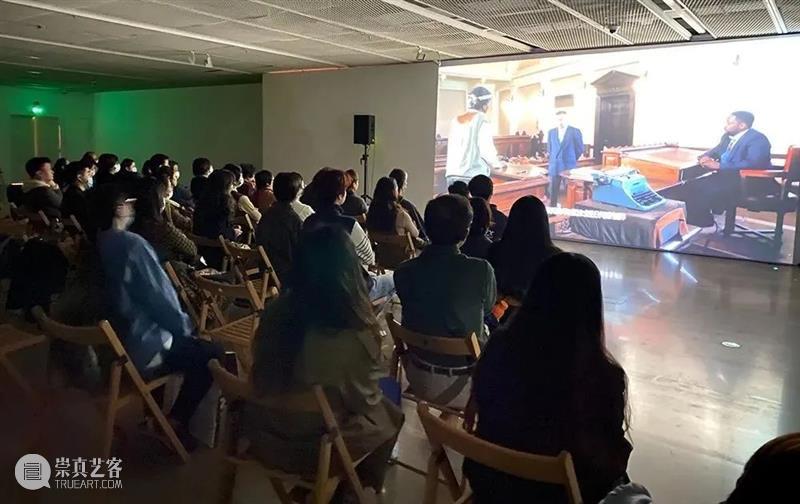
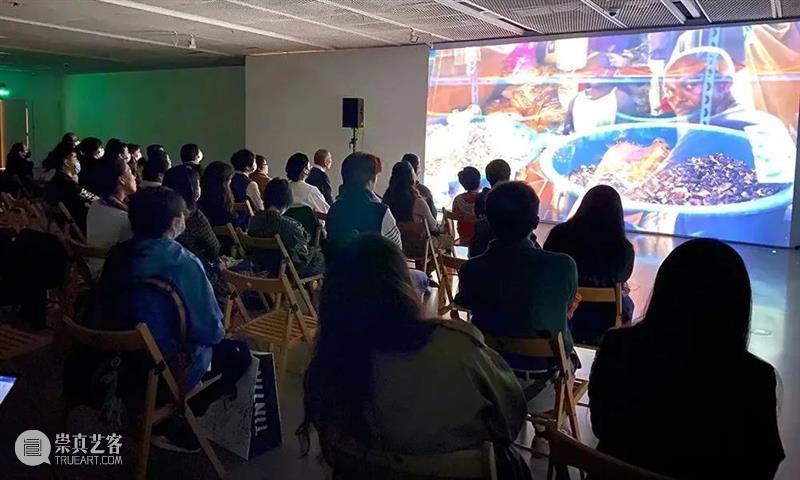
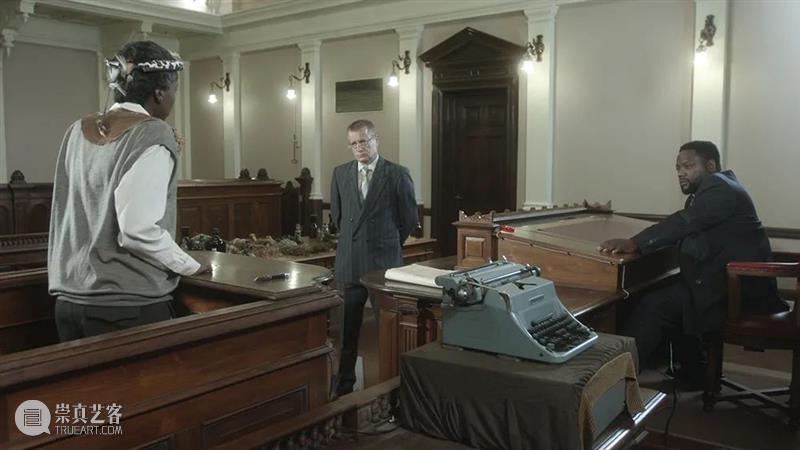
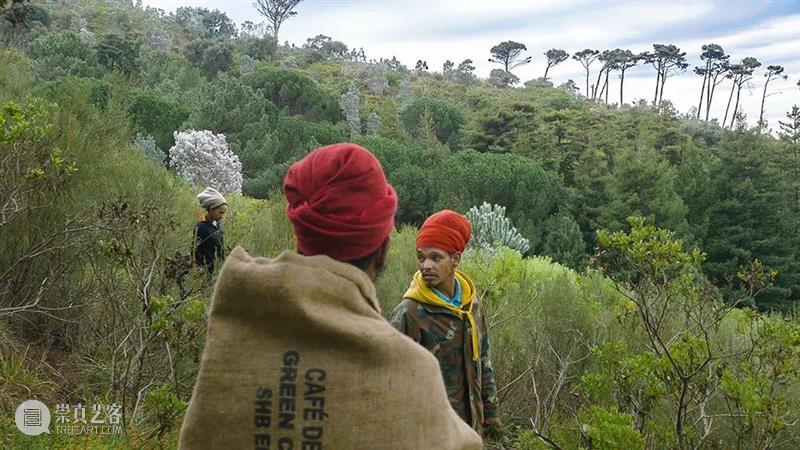
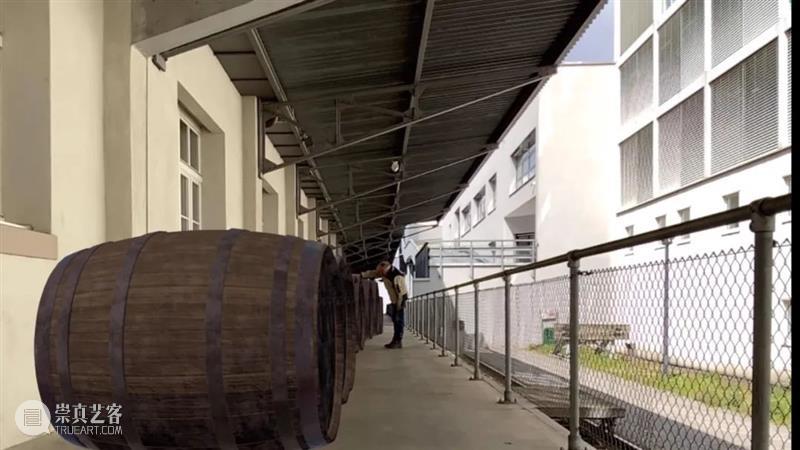
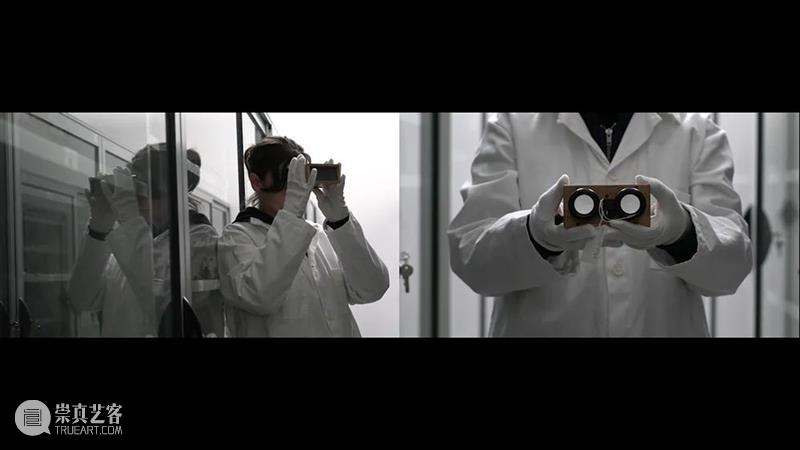

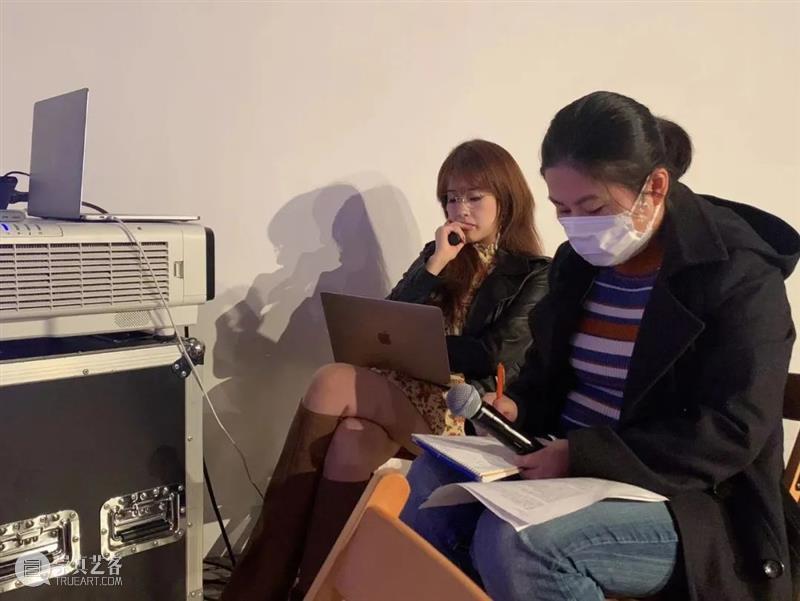
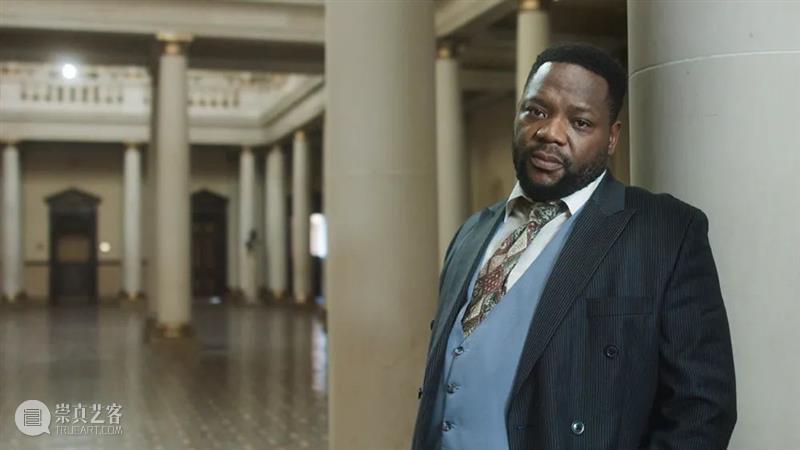

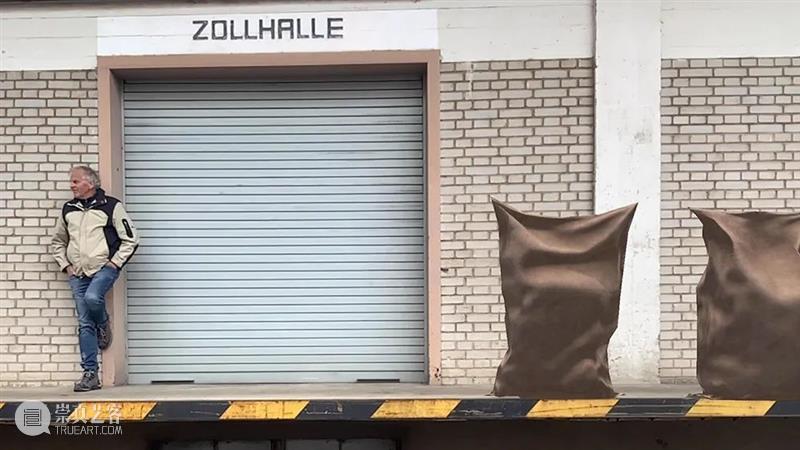
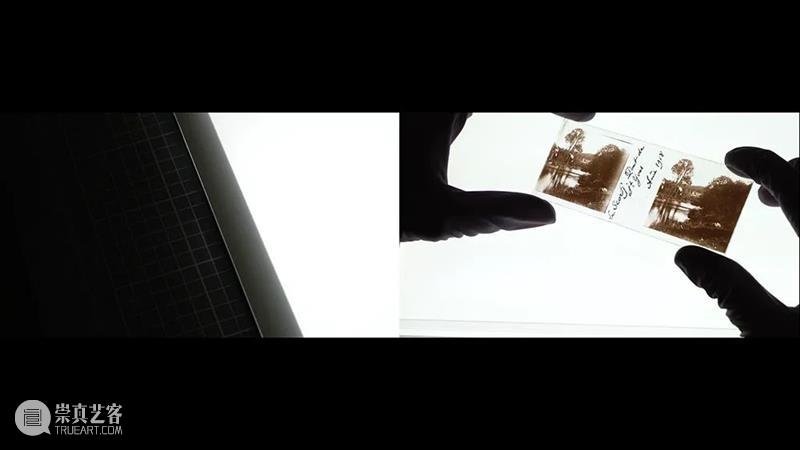
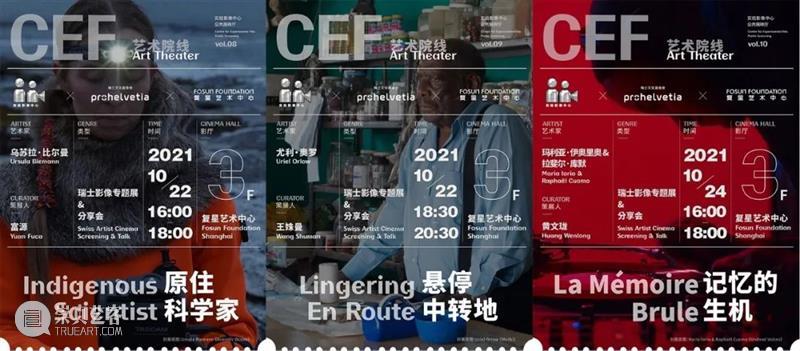










 分享
分享